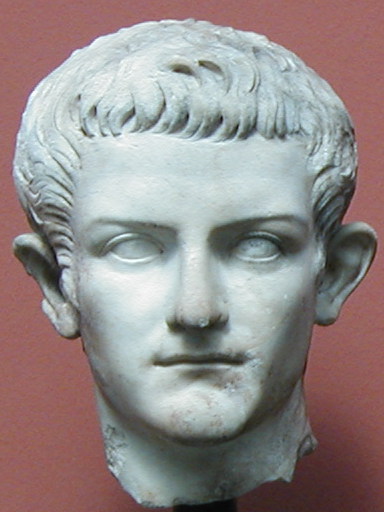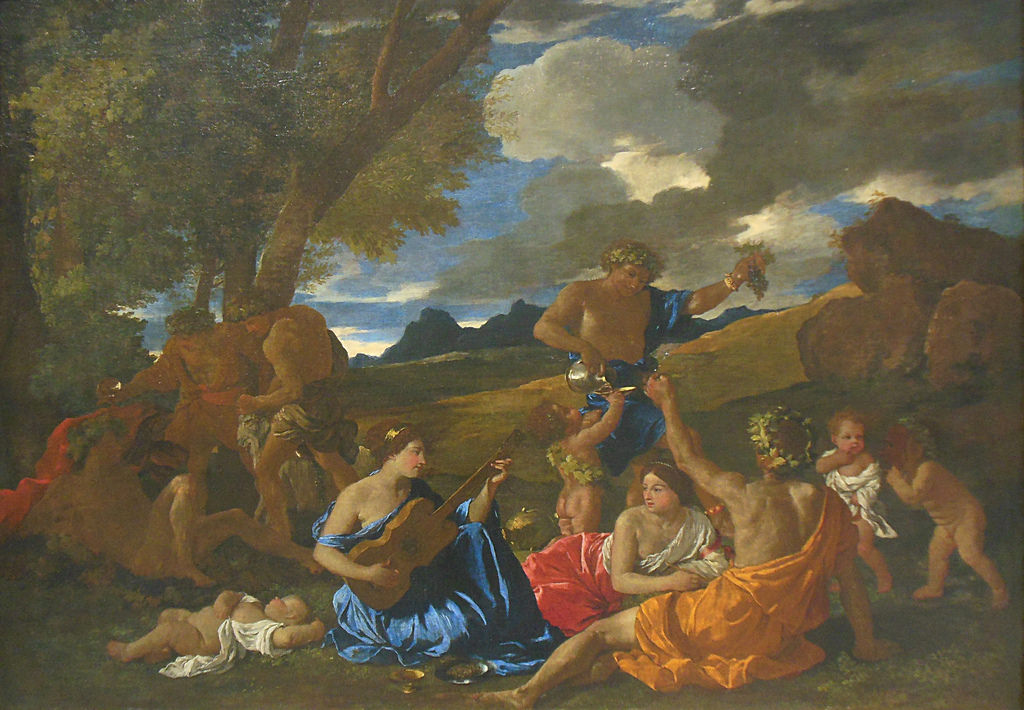Hi to all of you ! How are you ? Today we are going to talk about an era of the Roman Empire. For the more attentive and faithful of you, you will have noticed that last week I said that we will also be talking about the Constantine dynasty. However, if I mix the tetrarchy and the Constantinian dynasty, this article may be too long (a bit like this introduction). But don’t worry, we’ll talk about this dynasty next time. So today I am going to introduce you to the “Tetrarchy”. We will therefore see the continuation of Roman history with that period. We will see in this article, of whom the Tetrarchy was made up, at what time did it exist…. Now let’s get to the heart of the matter and, above all, enjoy your reading.
The Tetrarchy
First, let’s take a look at the Tetrarchy. So this rather barbaric word defines in fact a mode of government set up by Diocletian in 293 AD. This consisted of cutting the Empire into four pieces hence the name “tetra” which means “four”. The objective of this was to better defend the Empire and to transmit power without risk of revolts, usurpations … This system, which proved effective at first, was stopped following the death of Licinius I.
Who was part of the Tetrarchy?
The emperors who reigned under the Tetrarchy were Diocletian (May 285 AD – May 305 AD), Maximian Hercules (April 286 AD – May 305 AD), Constance Chlore (May 305 AD – July 306 AD), Galerius (May 305 AD – May 311 AD), Severe (July 306 AD – March 307 AD), Maximin II Daïa (310 – April 313 AD) and Licinius I (November 308 AD – August 324 AD) .
As for the Constantinian dynasty, some of these emperors were part of it. But, we’ll see that next week.
The history of the Tetrarchy
The Tetrarchy began with the reign of Diocletian. Diocletian being its creator. During his reign, he began by citing Maximian Hercules as co-emperor. Thus, the latter ruled the West while Diocletian ruled the East. This is the Dyarchy. During the first half of his reign, Diocletian would lead campaigns across the East. Thus, he will strengthen the borders and defeat various enemies such as the Sarmatians, the Carpathians, the Alamans …
Subsequently, he will create the Tetrarchy and Diocletian will be assisted by Galerius and Maximian by Constance Chlore. Subsequently, he will build monuments in Rome including the Baths of Diocletian which will be the largest Baths in the Eternal City. Also, he will implement various reforms to better control his people from the point of view of taxes. Towards the end of his reign, he will lead persecutions against the Christians who were wanted by Galerius. His place in power ended in 305 AD when he abdicated along with Maximian Hercules. They will be among the only emperors to relinquish power.
On the side of Maximien, he will lead many campaigns in present-day Europe, in particular against troops from Gaul, Germans or even Alamans. In Africa, he will fight mainly in the north, especially in Mauretania. Subsequently, during the creation of the Tetrarchy, Constance Chlore will be his assistant. Finally, when Diocletian abdicates and forces Maximian to do the same, he will do so without much desire. Thus, Constance and Galerius then Caesar, became Augustes. As a result, Maximian, who did not want to stray too far from power, will help Constance when needed. Subsequently, Maximian will become august again through Maxence (son of Maximian and usurper) who will take control of Rome. Subsequently, Maximian will abdicate again before returning to power in 310 AD and then he will be assassinated the same year.
Following the abdication of Maximian and Diocletian, Constance Chlore and Galerius become co-emperors. As for Constance Chlore, this one had a short reign (a little over a year). He will have as Caesar Severus. During his reign, he could not do much and concentrated mainly on bringing back his son Constantine, then prisoner of Galerius.
Finally, his son was released in 306 BC and father and son left for the campaign soon after. At that point, Constance will die of an illness.
For Galerius, he fought various battles before and during his reign. During his reign, he will name Maximin Daia and Severus “Caesar”. Subsequently, the system put in place by Diocletian began to go into a spin. Indeed, Maxence, the son of Maximian overthrows Severus and takes his place. Galerius will then denounce Maxentius as Usurper and appoint Licinius to replace Severus. Apart from this dark period, he put in place various taxes on the people and will continue the persecutions against Christians. Finally, he falls ill and sees it as a vengeance from the god of Christians. Then he will stop all violence and die a few days later.
Severus, following the death of Constance took the power that was rightfully his. He therefore reigned in Italy, but Maxentius and Constantine disagreed that it was he rather than them on the throne. Thus, Maxence and his father besieged Severus in Ravenna. Sévère then decided to surrender on condition that his life was saved, but once he left the city he was executed.
Maximin II Daïa became Augustus in 310 AD. When Galerius died, Maximin reigned with Licinius and Constantine I. But thereafter, tensions arose between Maximin and the two other co-emperors. He therefore decided to get closer to Maxence. But subsequently, in 312 AD, he loses against Licinius and will be or will be killed in 313 AD.
Licinius was therefore the emperor who reigned the farthest during the Tetrarchy. It also marked the end of this system. During his reign, Licinius made a pact with Constantine I, thus forming an alliance. Also, they both freed Christians from violence and gave them freedom of worship. Then Licinius killed Maximin II Daïa and thanks to this he and Constantine I were the only emperors to reign over the Empire. But, following many tensions between the two emperors, a battle took place and Constantine killed Licinius. Thus, the Tetrarchy died out along with the life of the Eastern Emperor.
Summary
In short, the Tetrarchy system was a good way to control the entire Empire without much risk. Unfortunately, this required that the four rulers meet with confidence and as we have seen in the history of Ancient Rome, this was rarely the case. In addition, the thirst for power of each was a disruptive element that had its importance. Such a system is therefore effective but difficult to maintain over time.
This article is now complete. Hope you enjoyed it, if so please let me know in the comments space and also tell me what topic you would like me to talk about in a future post. In fact, for the next article, we will continue to talk about Roman history with “The Constantinian Dynasty”. See you next week !
Receive my free book Around the Roman Coin by clicking here




